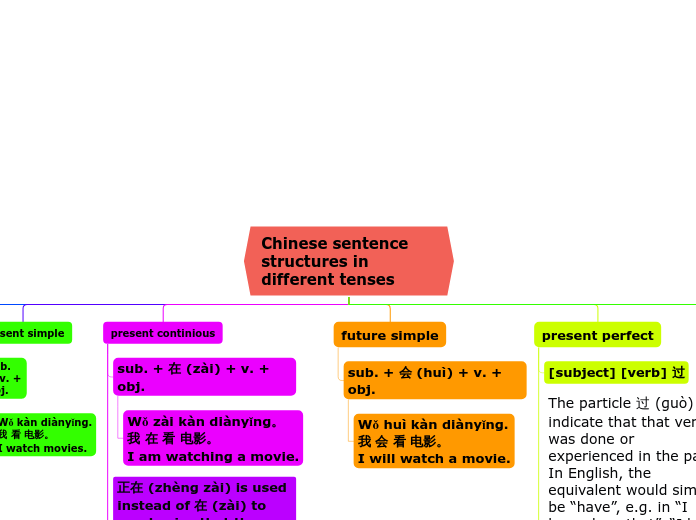av Anastasiia Zabolotna 4 år siden
462
Chinese sentence structures in different tenses

av Anastasiia Zabolotna 4 år siden
462

Mer som dette
爷爷 正在 看 报纸 ,别 打扰 他 。 Yéye zhèngzài kàn bàozhǐ, bié dǎrǎo tā. 爷爷 在 看 报纸 呢 ,别 打扰 他 。 Yéye zài kàn bàozhǐ ne, bié dǎrǎo tā.
Grandpa is reading newspapers now. Don't disturb him.